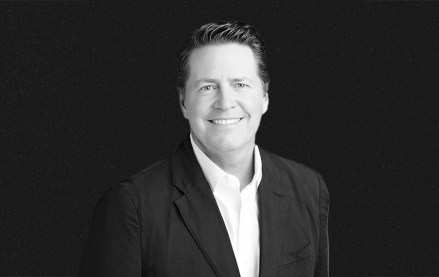
The country is still in shock and mourning over last week’s Sandy Hook Elementary School shooting. Some companies and brands opted to send their condolences; others chose the sensible route of just staying quiet.
You would think by now that brands would understand how social media works and that brand would understand a certain necessary level of human decency and respect in the wake of disasters and tragedies. But no. Apparently these are things that some brands still need to work on.
Here are some examples embarrassing, distasteful and completely inappropriate brand responses to the Sandy Hook massacre.
Mutual of Omaha: Probably not the best time to be reminding people about purchasing life insurance for their families.  (Image via @ianfitzpatrick)
(Image via @ianfitzpatrick)
Kmart: Hopefully this was a dumb copy and paste error and a lack of proof reading. Either way it’s bad and another reason why brands should just keep quiet and let people mourn in peace. 
(Image via @blagica)
NRA: It’s one thing to be respectfully quiet and it’s another to shut down your social media presence in order to hide. The usually vocal NRA has gone cowardly silent on social media in the wake of the Sandy Hook shooting. It has taken down its Facebook page and the last tweet on it’s Twitter account on Dec. 14 was about its holiday giveaway. 
(Image via @nra)
More in Marketing

S4 Capital trades billable hours for outputs as AI redraws agency economics
Sir Martin Sorrell’s AI bet: fear billable hours, more output-based deals.

Ad Tech Briefing: Public companies’ first loyalty is to shareholders — why do advertisers give them an easy time?
Digiday Programmatic Marketing Summit attendees call foul, claiming IPOs encourage murkiness amid ad tech providers.

Ad veteran Peter Naylor joins Kochava board, and sees opportunity in market flux
Nearly a year after he left Netflix, ad industry veteran Peter Naylor is back as a board member at ad tech business Kochava.





